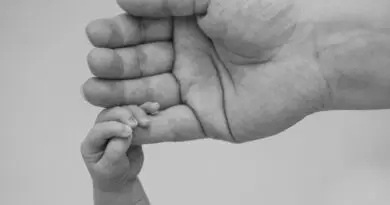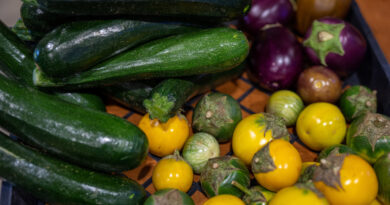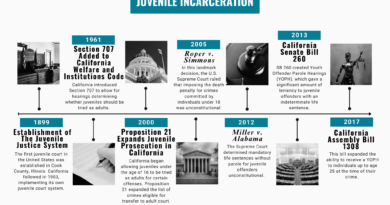A note from the warden

Most of my career has been at men’s institutions. I remember working in a housing unit as an officer back in the early 2000s, and while processing the mail, I would see a newspaper titled San Quentin News. Curious to know what it was about, I read a few articles. It was, of course, about San Quentin State Prison. Some articles were about politics and some about sports. Then I noticed it was written by the incarcerated population. I was impressed with its quality.
Fast forward a few years later. I am now sitting in the warden’s seat here at CCWF. And in my regular mail delivery is the San Quentin News. All the wardens receive a copy of it. It is much larger now than it was when I was an officer. Flipping through it, I’ve often asked myself, like I always do: what about the women?
Women make up a small percentage of the incarcerated population and often go unheard. I have made it my mission to give the population of the women’s prison a voice. Part of that means making space for a newspaper at CCWF, its own newspaper.
I’ve imagined that establishing a newspaper within CCWF can have a profound impact on the lives of the incarcerated population and the broader prison community. Such a program provides an outlet for self-expression, allowing incarcerated women to share their stories, thoughts and perspectives. Writing gives incarcerated individuals a way to process their experiences, make sense of their past and imagine a future beyond prison walls. This creative process can foster a sense of purpose and direction that is often missing in a prison environment.
It also offers valuable educational opportunities. Through writing, women can enhance their literacy, communication and critical thinking skills—tools that are crucial for reintegration into society. Whether they aim to pursue further education, secure employment or contribute positively to their communities, these skills can open doors to new possibilities. The discipline and confidence gained through writing can empower them to make positive changes in their lives.
Beyond individual benefits, it can help build a stronger sense of community among the population. By sharing their work, women can connect with one another, reducing feelings of isolation and fostering mutual support. This sense of camaraderie can help create a more positive atmosphere within the prison, contributing to overall well-being.
This also builds the bridge between the prison and the outside world. By sharing their work beyond the prison’s walls, incarcerated people can challenge misconceptions and provide insight into their lived experiences. This can promote greater understanding and empathy from the public, leading to more informed discussions about the issues facing incarcerated women.
As I write this, I feel proud and hopeful that the dream of a paper here at CCWF has come full circle. I look forward to the articles being published and a future where we no longer must ask, what about the women?



